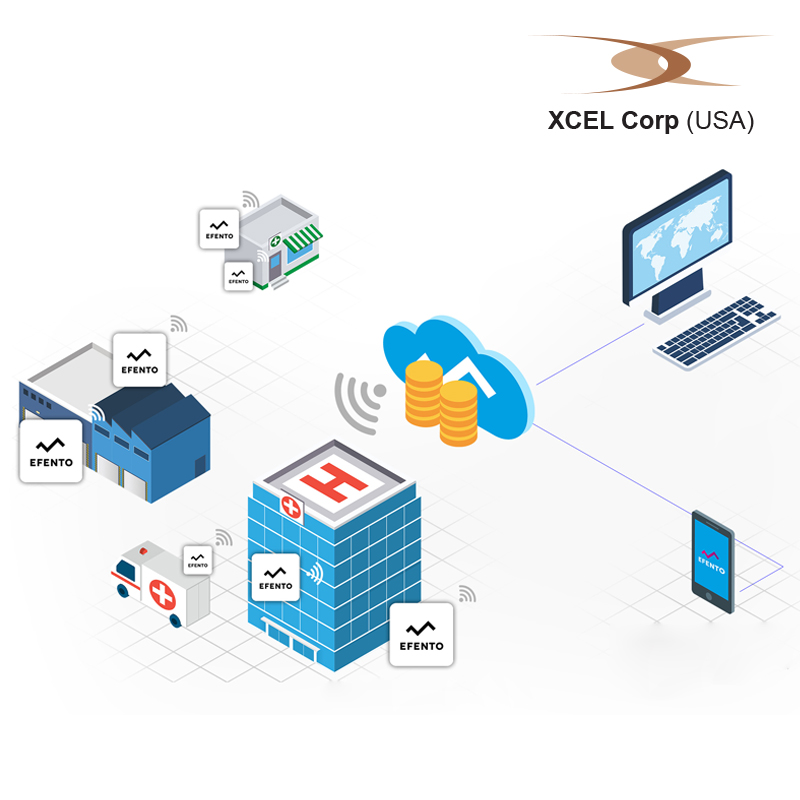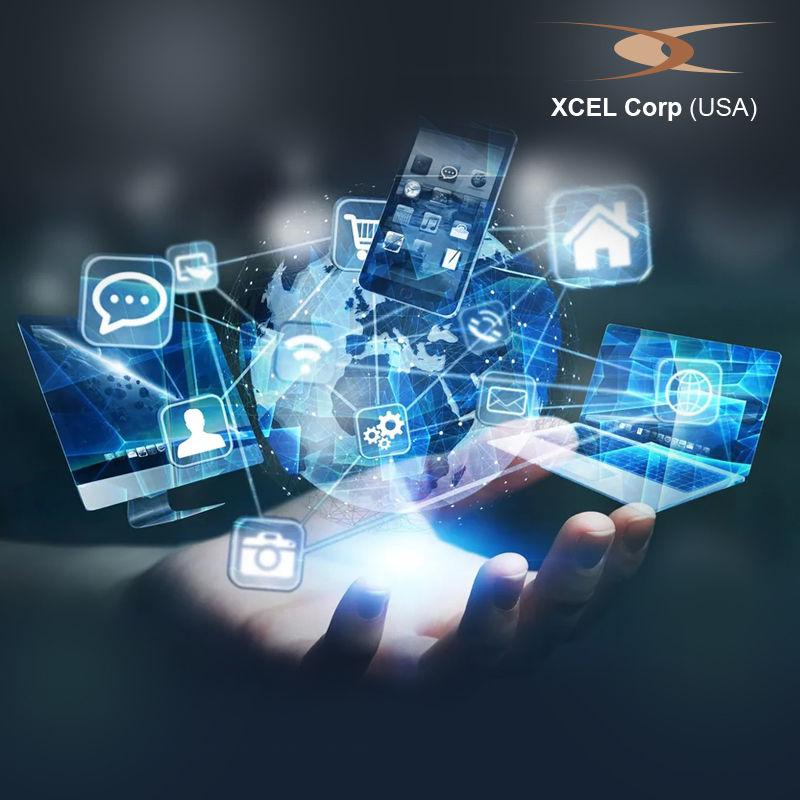 With the surge in handheld devices and advanced networking, The IoT world is witnessing a fresh industrial revolution where disruptions in technology are altering the dimensions of businesses across the globe. While innovation moves faster than adoption, industries are leveraging IoT to improve end-customer user experience. There has been a surge in predictive maintenance and remotely controlled services thus allowing organizations to focus on their value chain and supply chain integration, which is easily achieved by continuous connectivity, service aggregation and powerful sensors for data gathering. An agile, and scalable architecture is imperative to build fresh and outcome-driven cases that are flexible and distributed. Some of the most well-established architectural patterns are being dislodged with disruptions in the IoT landscape.
With the surge in handheld devices and advanced networking, The IoT world is witnessing a fresh industrial revolution where disruptions in technology are altering the dimensions of businesses across the globe. While innovation moves faster than adoption, industries are leveraging IoT to improve end-customer user experience. There has been a surge in predictive maintenance and remotely controlled services thus allowing organizations to focus on their value chain and supply chain integration, which is easily achieved by continuous connectivity, service aggregation and powerful sensors for data gathering. An agile, and scalable architecture is imperative to build fresh and outcome-driven cases that are flexible and distributed. Some of the most well-established architectural patterns are being dislodged with disruptions in the IoT landscape.
Our near future can be impacted by the following developments in IoT architecture and infrastructure.
From Edge to Mesh
Given the pace at which the device numbers are growing, cloud communication may soon become unviable. Therefore, there is a huge possibility of IoT computing from the cloud to the edge-driven by network availability and accessibility, the volume of data, low latency and data security. The power of infrastructure is going to be enhanced with the edge especially in the IIoT or Industrial Internet of Things area where robust hardware and mini datacenters will run the edge software to perform data collation, real-time analytics, and machine learning models. In a more modular form, edge microservices and container images will be instantly available in the market for software. All security protocols and communication will stay standardized with cloud connectivity. But it doesn’t end here. According to Gartner, there will be a shift from intelligent edge to intelligent mesh as the neat layers of architecture will evolve to a more complex and unstructured architecture that will constitute a wide range of services, connected through a dynamic mesh. More intelligent and responsive IoT systems with enhanced flexibility will be enabled.
Sensor data
Even with constant innovation, there is no database available yet, to store sensor data. Traditional RDBMS or NoSQL is not compatible with such storage. Therefore, while the sensor market is all set to grow continuously till about 2023, a criterion for storage will also include flexible schema, the ability to ingest data at a high rate and integrating analytical tools with inbuilt machine learning models. Gartner suggests that sensors will be enabling a wide range of situations, but newer algorithms will also emerge to absorb more information from sensor technologies.
Hybrid integration
Expansive SaaS technologies will have a big impact on IoT solutions. Multiple SaaS products from several vendors along with their applications will become expendable as new-age IoT solutions are introduced. Various on-premise and cloud-based systems can be securely combined on a hybrid platform while leveraging on protocols such as TLS. The network divide between multiple clouds will be bridged as also the integration between the cloud end and the on-premise points, are enabled. Organizations can thus operate fast and with a wide agile model. Besides, the effectiveness of IoT programs will lie in the integration of enterprise systems and processes.
Digital Twin
The concept of digital twinning has been around for more than three decades, with NASA even creating complex simulations of spacecraft. And then there are CAD models, asset models, etc. where digitally representing a physical object is rather common. Gartner says that by 2021, all major industrial and large companies will commence using digital twins in their mainstream operations. But as far as progress goes, we are still not there yet, as all digital twins are implemented in the form of status twins as it accepts the desired state and displays the current status. Progress has been rather slow as far as the simulator twin and operational twin have been concerned where the form replicates equipment behavior and the latter a process in a plant.
In addition to the above, device management will be commoditized where device software management and lifecycle management are considered as standardized services across quite a few IoT platforms. The event-driven architecture will become one of the most basic parts of IIoT with the advancement of server-less technologies based purely on events. The systems will not only be flexible but will also build incremental business value. IoT will also drive newer technologies such as blockchain to enable traceability of a product, identification of physical objects and finally track their integrity and location.
XCEL Corp
Based out of New Jersey, USA and with over 15 years of IT consulting experience, XCEL Corp orchestrates IoT with service, tech support, analytics, automation solutions, device management and much more. We make your business future-ready while comprehensively connecting devices and people. Reach out to one of the most promising IoT companies of the generation.


